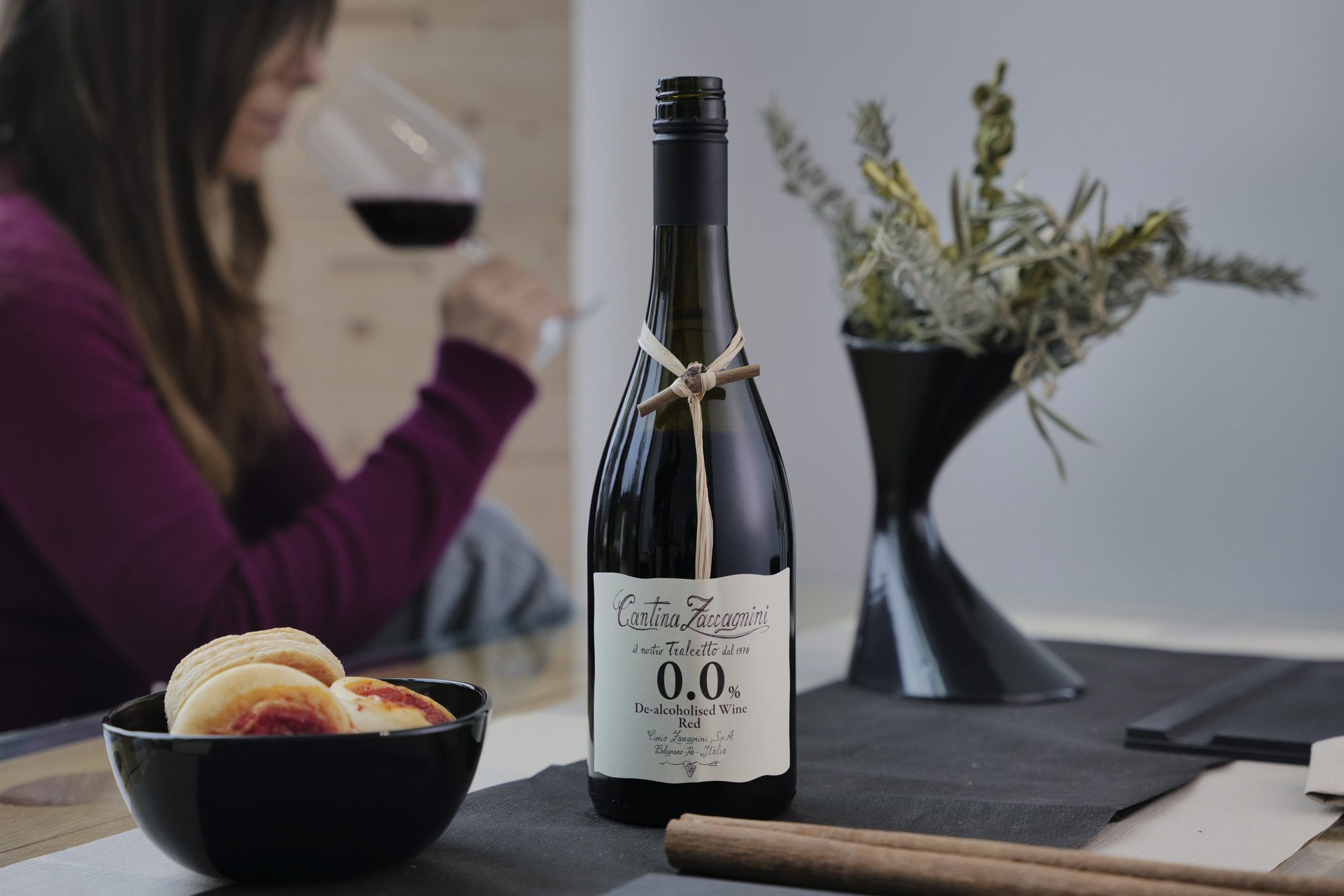Port needs to learn from New World wine
The port sector needs to emulate the approach of the wine industry in the New World in order to grow the category, a leading producer has said.
Gonzalo Pedrosa, CEO of Sogevinus, said Portugal’s port houses needed to learn from the New World’s approach to consumers and innovate to broaden the drink’s appeal to modern consumers, build in versatility and create new opportunities for consumption.
“If we continue to do as a sector all the things we’ve done in the past, the market will be flat [at best],” Pedrosa said. “It would be a shame if port was only drunk at Christmas with Stilton.”
He said that while the category needed to respect some to the existing “rules and parameters” to avoid becoming too confusing for consumers, it also needed to change its approach and attitude as a sector, with companies working together to move the category forward, rather than purely looking to the past.
“We need to adapt to the modern time and adapt to what the consumer wants and learn something from the New World,” he told db. “If we incorporate all the companies together to promote and communicate and show we are collaborative, we will be able to change the tendencies of the market. All of us need to work together and create the consumption that will make it easier.”
This would include embracing new ways to drink port, such as as an aperitif, an alternative to gin with tonic, or as a cocktail, which would demonstrate its versatility to new consumers, and build a new following, just as its neighbour Sherry had done.
However, he admitted that it was a slow process and the industry was likely to “suffer” before change was effected.
He likened it to the Swiss watch industry in the 1980s, which responded to the rise of imports of cheaper Japanese digital watches by collaborating to develop the Swatch watch concept. It builds on his comments last year in which he called on port producers to work together for the good of the category.
“It changed the concept. All competitors created something by coming together in the face of a super enemy,” he explained.
Partner Content
Sogevinus are currently using greater analysis to look at what interests consumers and how it might align with that.
“We’re looking at the cars they drive, the phones they use and how it may align with our DNA,” he said. “It it not millennials [we are targeting] – most of [port’s] consumers are adults over the age of 50, so if we can reach people aged 40, that would be great, they are imitating some of the things the ,millennials are doing.”
“It will take five to ten years at least, but that would create them than ever consumption and people will feel comfortable trying it. But we are starting to engage new people through links with music and sports,” he told db.
There was, he added, room for everyone in the sector, but consumers would pick the brand that became “more meaningful” to them. This would involve bypassing some of the more traditional or technical explanations of the wine, in favour of building an “emotional connection” with the wine.
“Technical explanations are boring, it is about emotion. No one remembers the pickers, the tartaric acid or the level of residual sugar, it may be interesting [to a few], but the idea is to talk about friendship.”
The company is looking to build its port brands Calem, Barros, Kopke and Burmester, in the UK market, and is also set to reposition its still wines portfolio, it told db.




